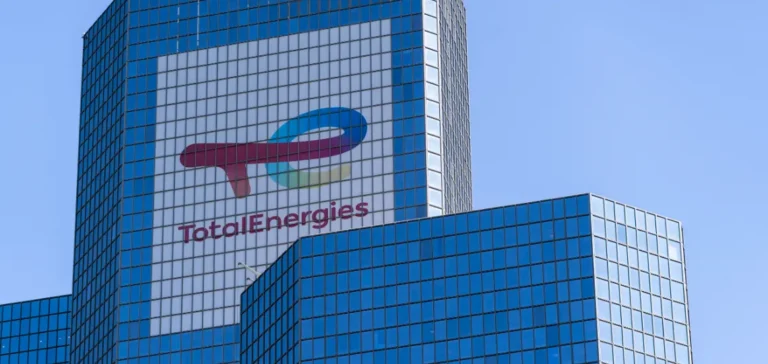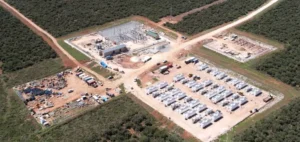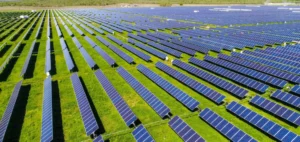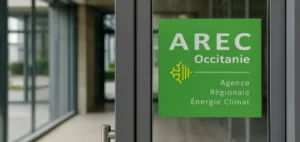The oil and gas group TotalEnergies recorded a net profit of $2.7bn in the second quarter of 2024, a decrease of 29% compared to the same period last year. This result is mainly due to falling oil and gas prices, reflecting a volatile market context marked by economic and geopolitical uncertainties.
Declining prices and strategic adaptation
TotalEnergies’ revenue reached $49.6bn, down 7.6%. Despite a 10% drop in crude prices, the group limited its cash flow decline to 5%, supported by increased hydrocarbon production. The quarter was disrupted by significant oil price fluctuations, linked to the trade war initiated by the Trump administration, tensions in the Middle East, and the decision by the Organization of the Petroleum Exporting Countries plus allies (Opec+) to boost output in an effort to stimulate weak global demand.
The group notes that its balanced multi-energy strategy has resulted in a steady increase in output volumes, both in hydrocarbons and electricity. Oil production rose by more than 3% year-on-year, notably thanks to the start-up of the Ballymore field in the United States and Mero-4 in Brazil, a quarter ahead of schedule.
Confirmed objectives and electricity growth
The increase in oil production remains in line with the announced target of 3% per year until 2030, with an acceleration expected after 2025. Over the half-year, electricity production reached 23 terawatt hours (TWh), up more than 20% year-on-year. TotalEnergies also surpassed 100 gigawatts (GW) of gross renewable electricity capacity in operation, under construction or in development worldwide.
The group lists 30.2 GW of operational capacity, a 26% increase year-on-year, mainly located in the United States, India and Europe. In addition, 73.9 GW of capacity is under construction or in development, covering all solar, wind and storage projects held by the group, regardless of TotalEnergies’ share.
Profitability and investment outlook
TotalEnergies targets 35 GW of capacity in operation by 2025 and 100 GW by 2030, aiming to rank among the world’s top five producers of renewable electricity outside China. The diversity of gross capacity accounting methods, however, makes sector comparisons complex. By 2030, the goal is to reach 100 TWh of annual electricity production, with 70% from wind and solar sources and 30% from battery storage and natural gas power plants.
The electricity business is becoming increasingly profitable, with a targeted return on invested capital raised to 12%, equivalent to oil and gas operations, based on a crude price of $60 per barrel. Investments in low-carbon energies are maintained in a range of $4bn to $5bn per year until 2030, representing about 25% of total investments for the period 2026-2030.
The group maintains this direction despite a refocus by certain British competitors on hydrocarbons. TotalEnergies states it intends to continue the development of its renewable energy projects, while relying on its gas assets to ensure the stability of its electricity production.






















